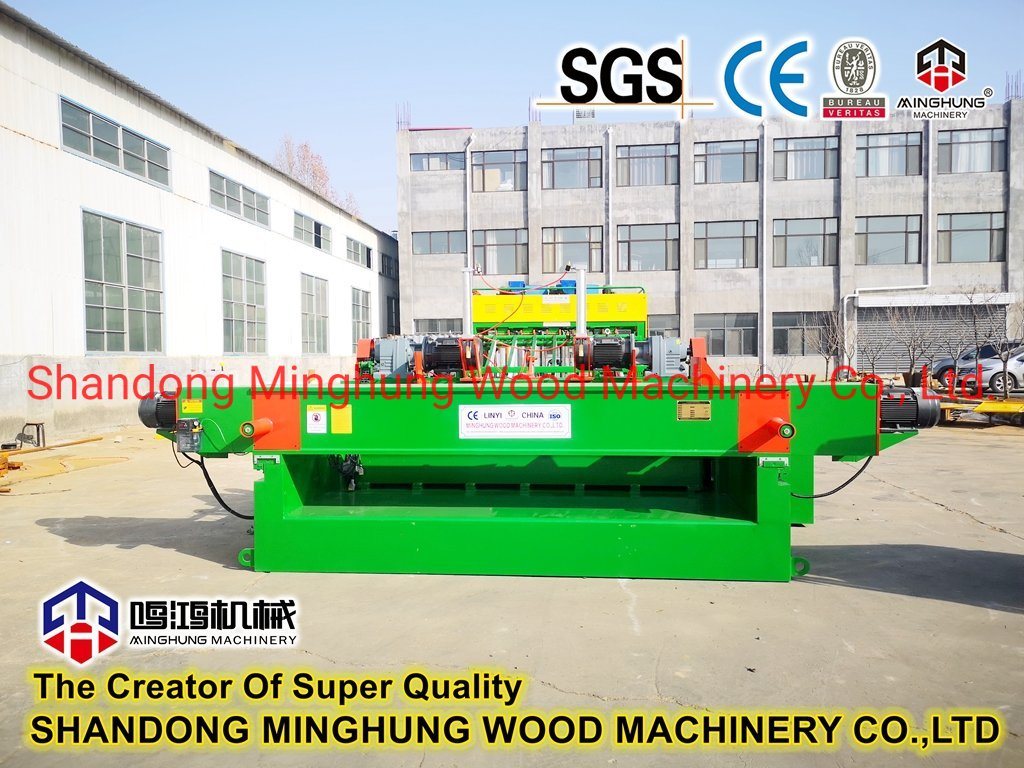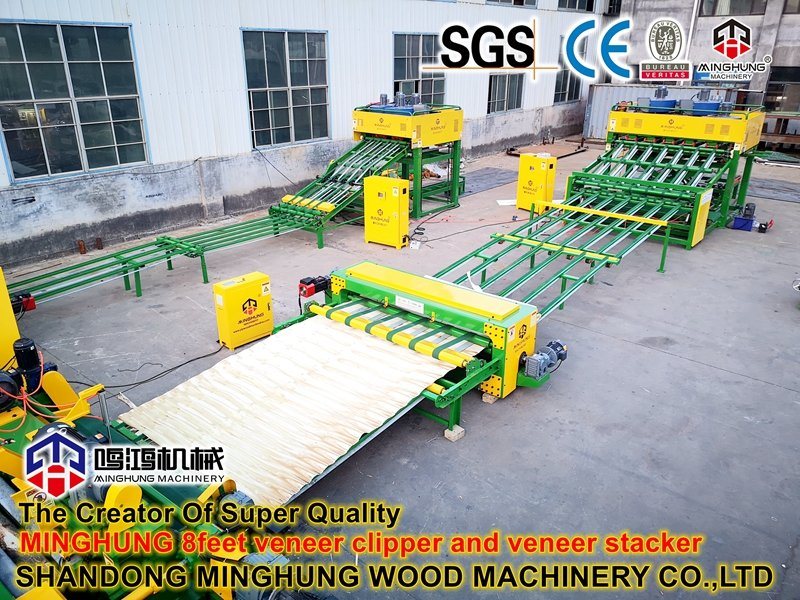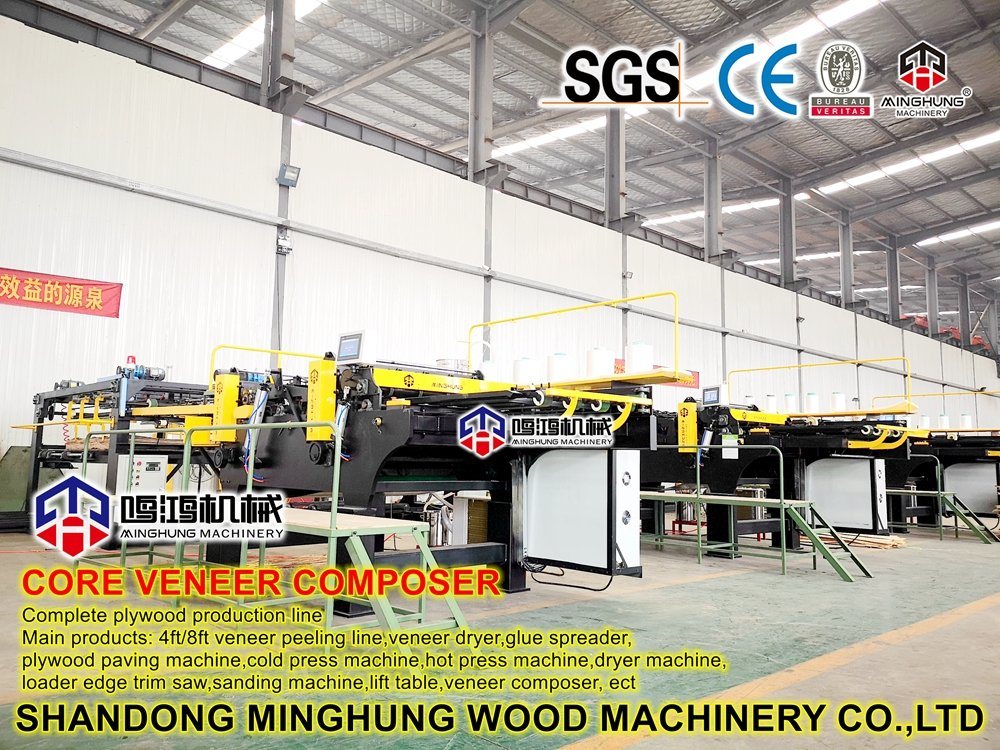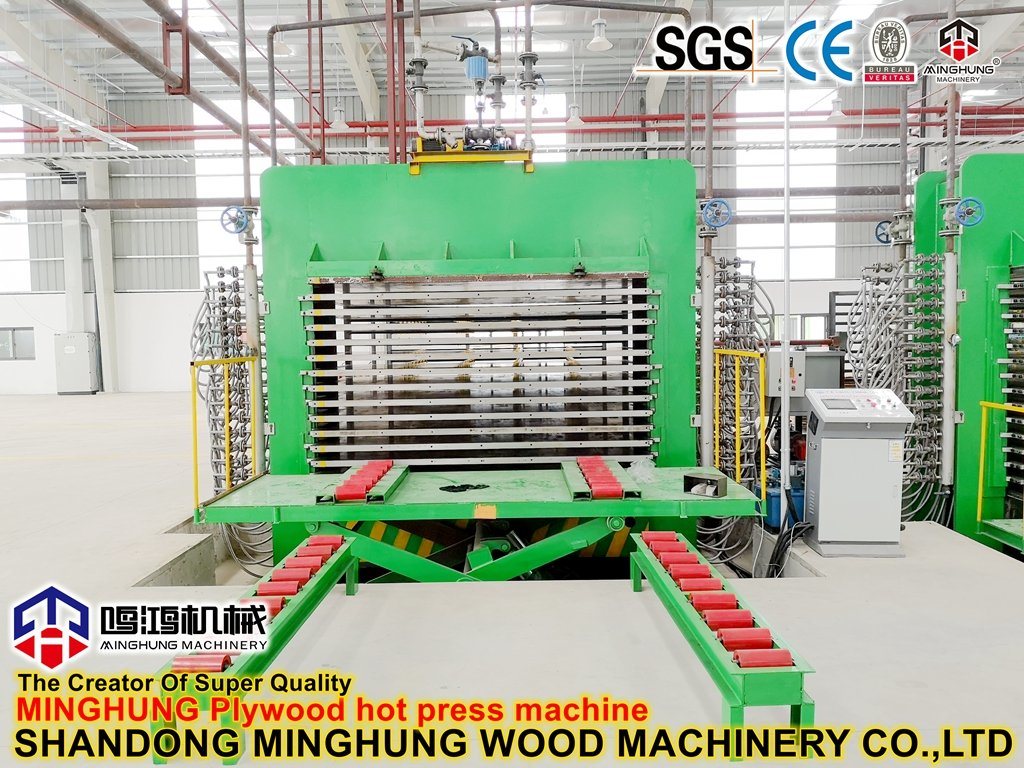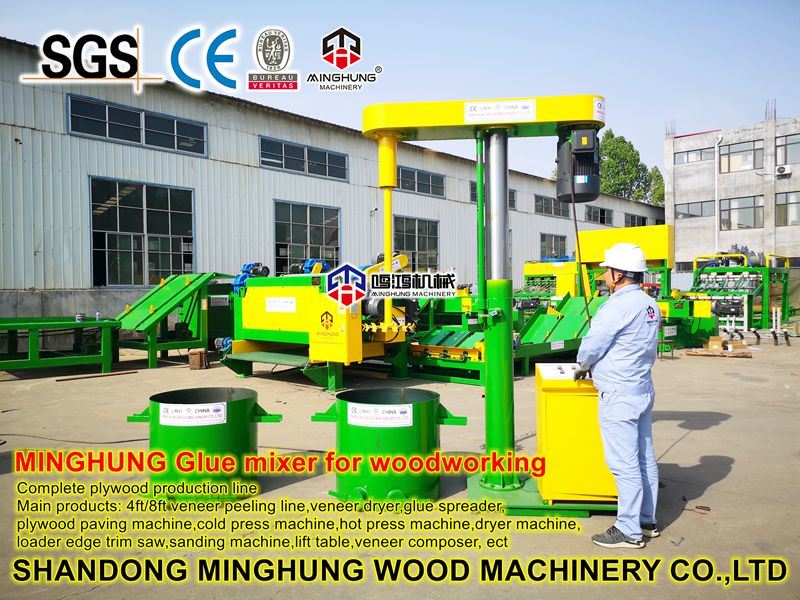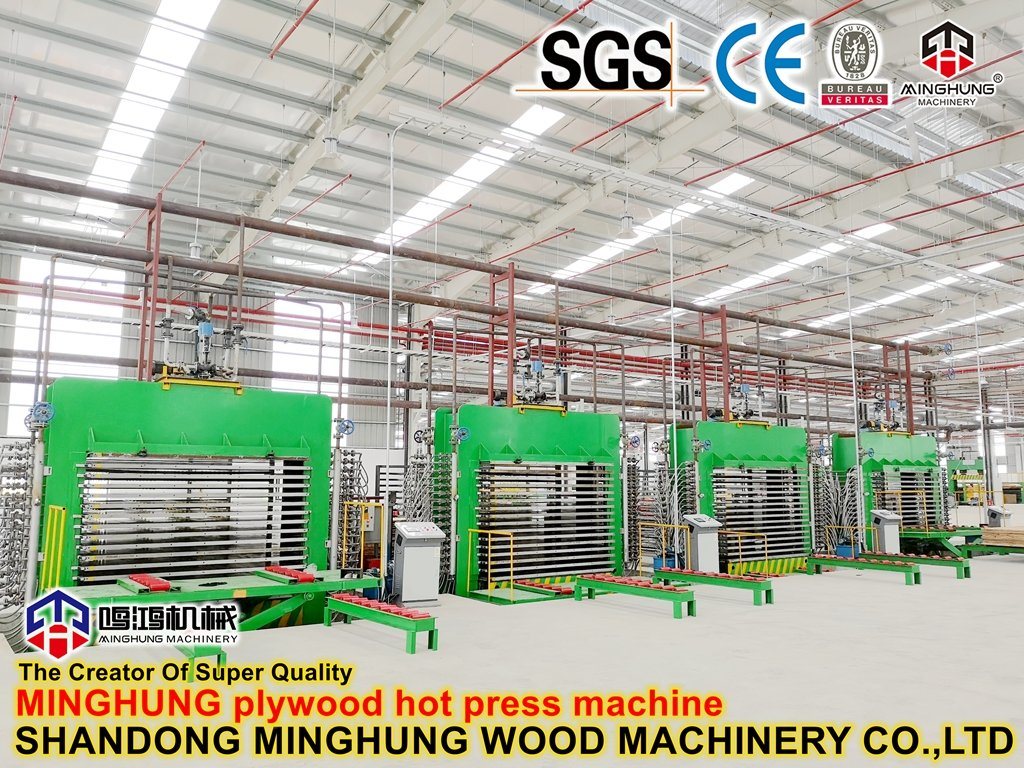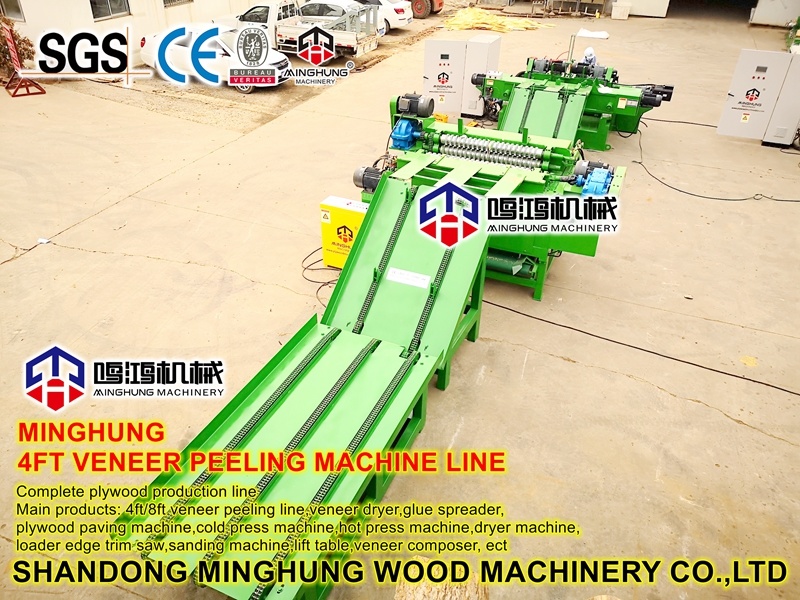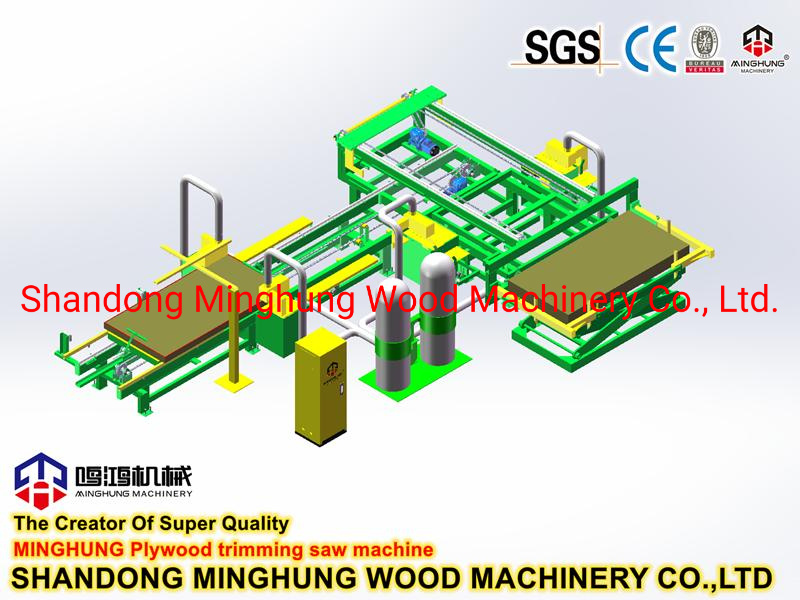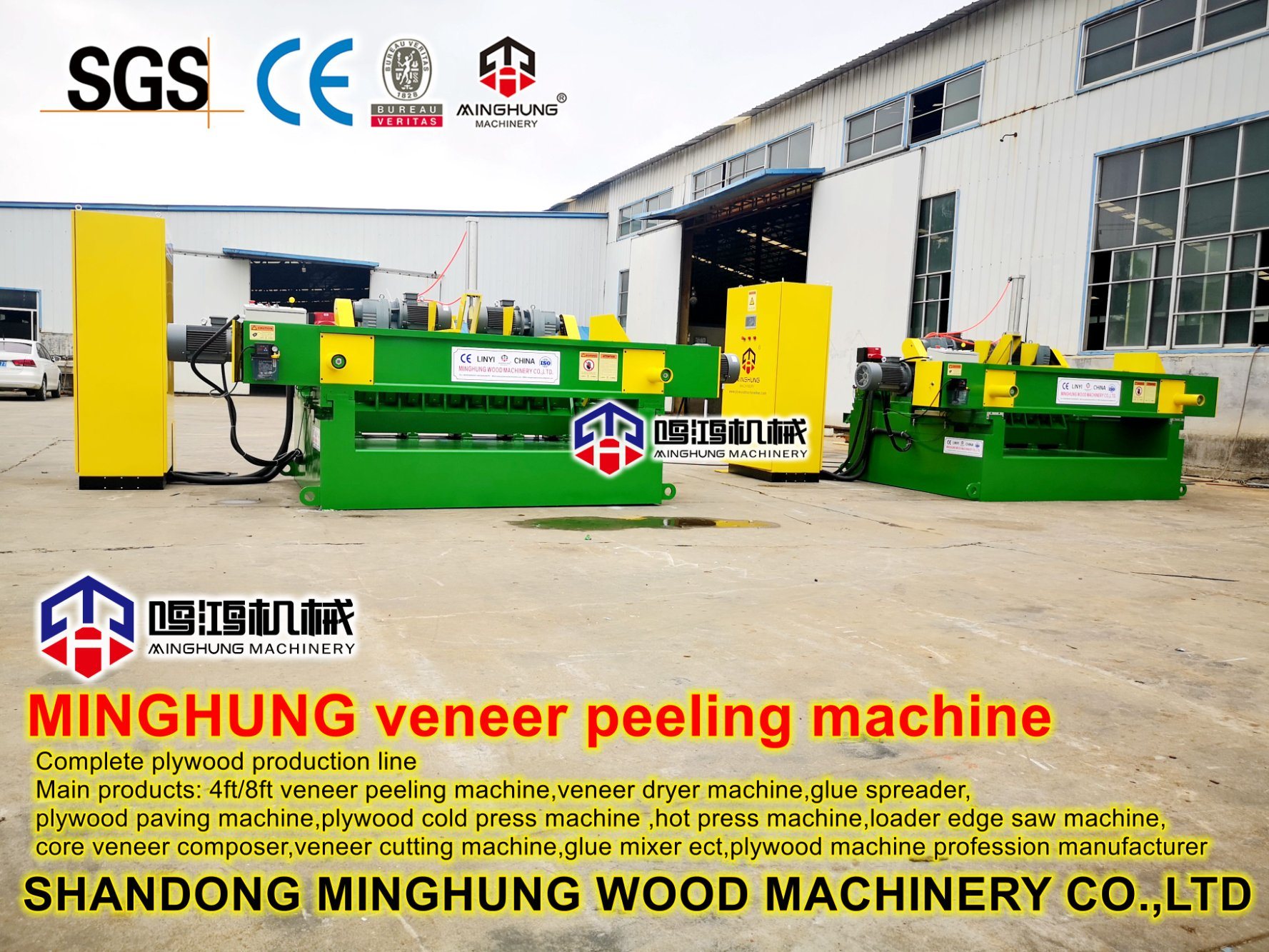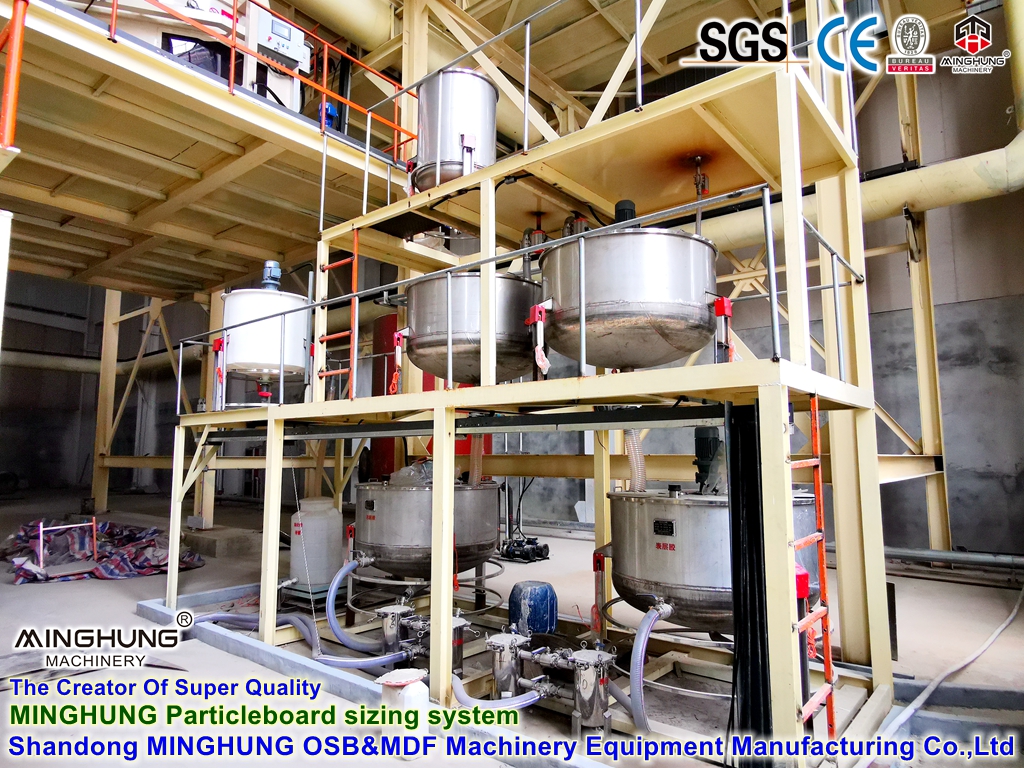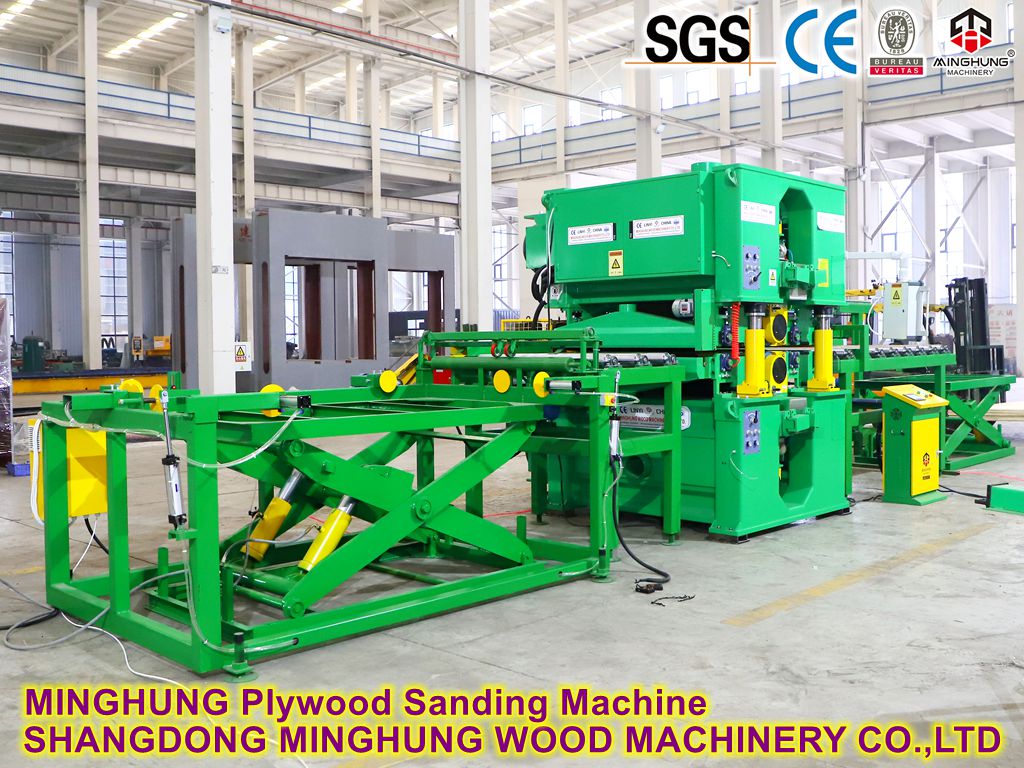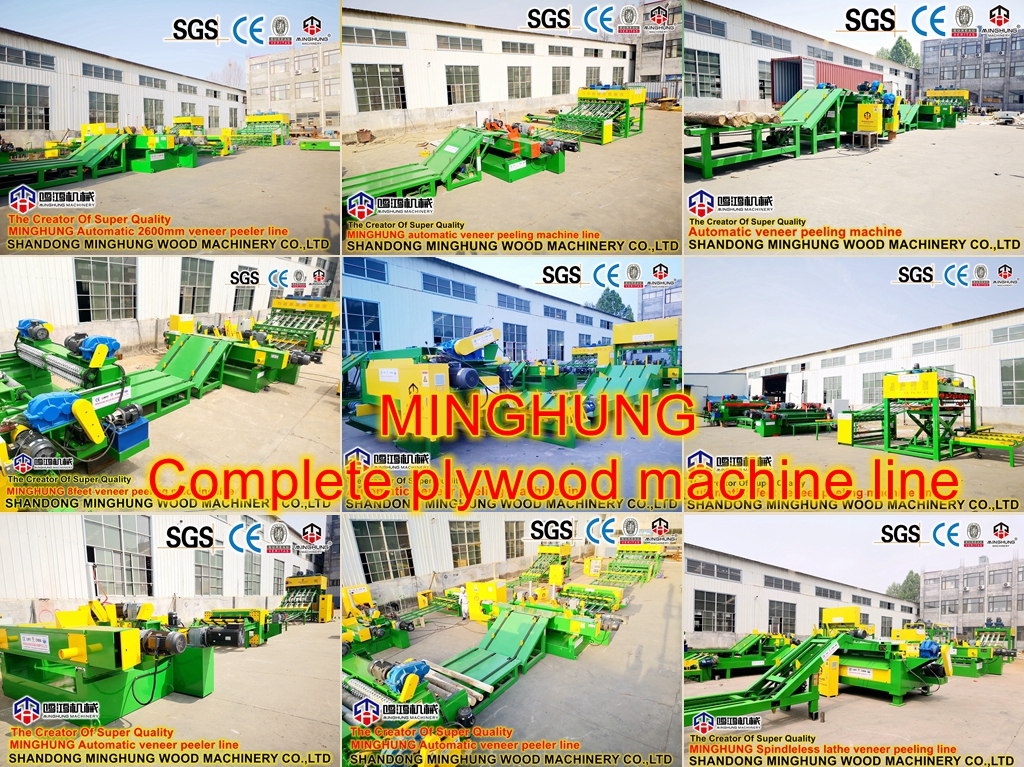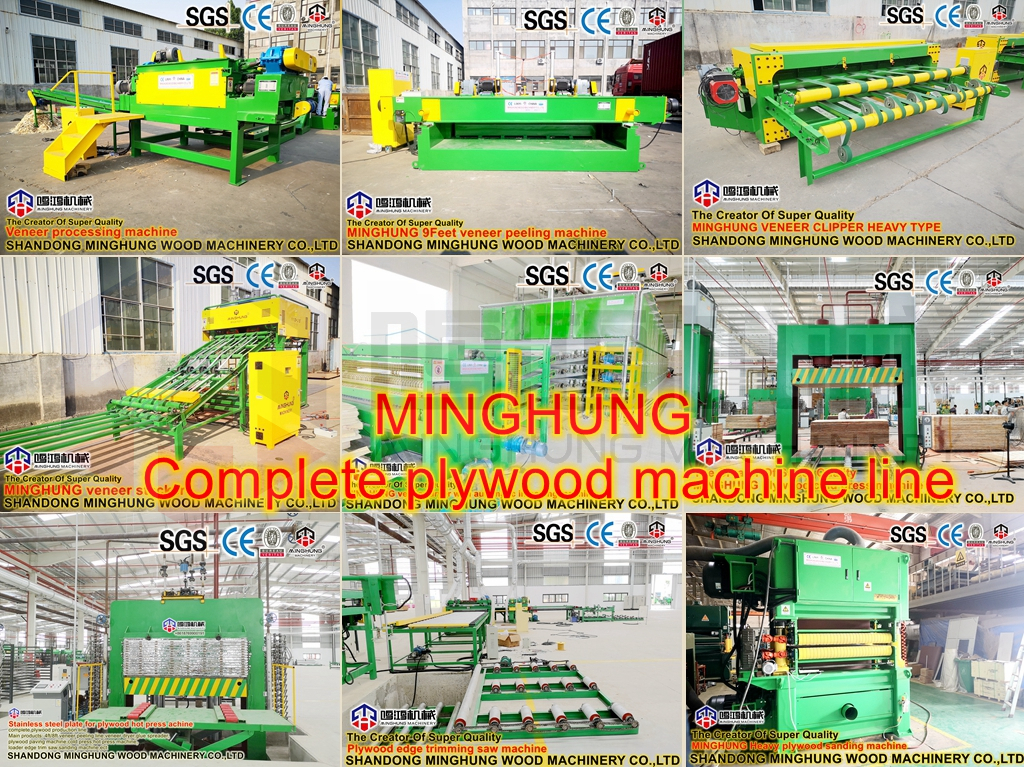key equipment and Functions
1. Log Processing Section:
Automatic Log Feeding System: Cranes, log grapples, conveyor chains, etc., automatically feed logs into the production line.
Debarker: Efficiently removes bark (e.g., drum debarkers, ring debarkers).
Cross-Cut Saw: Saws logs into standard-length blocks according to process requirements.
Automatic Block Handling & Sorting: Transports blocks to the peeling lathe, potentially including defect detection and sorting.
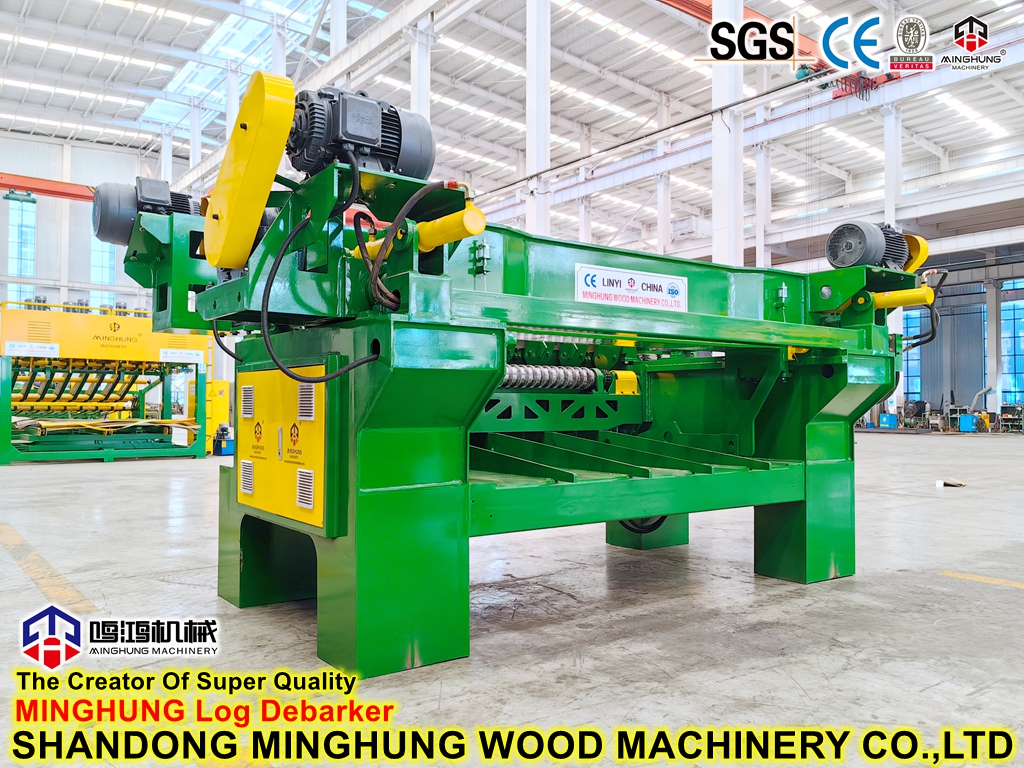
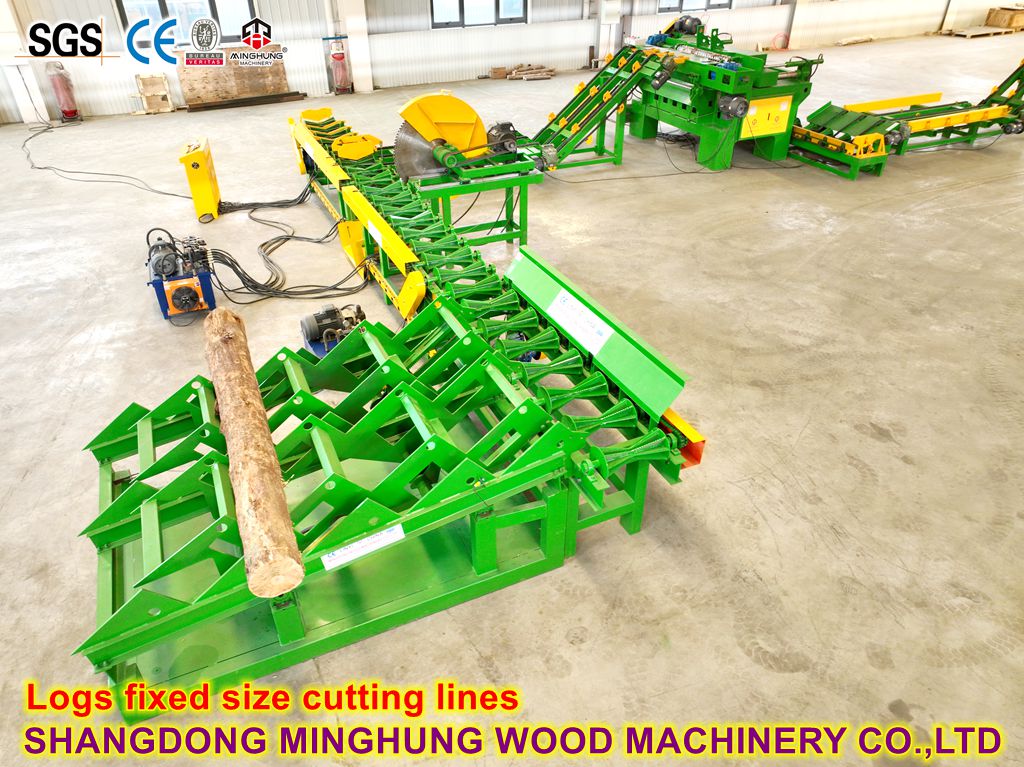
2. Veneer Preparation Section (Core):
High-Speed Automatic Peeling Lathe: Core equipment, peeling blocks into continuous veneer ribbons. High-throughput lines require fast peeling speeds (>100 m/min), high precision (small thickness tolerance), automatic knife changing, and automatic core ejection.
Veneer Conveying & Cutting: Green veneer ribbons are conveyed via conveyors.
High-Speed Veneer Clipper/Roller: Automatically cuts the continuous veneer ribbon into sheets of the required size, or rolls it up (less common for high-throughput straight-through lines).
Automatic Veneer Sorting/Stacking: Pre-sorts green veneer sheets (e.g., via vision systems) and stacks them, preparing them for drying.
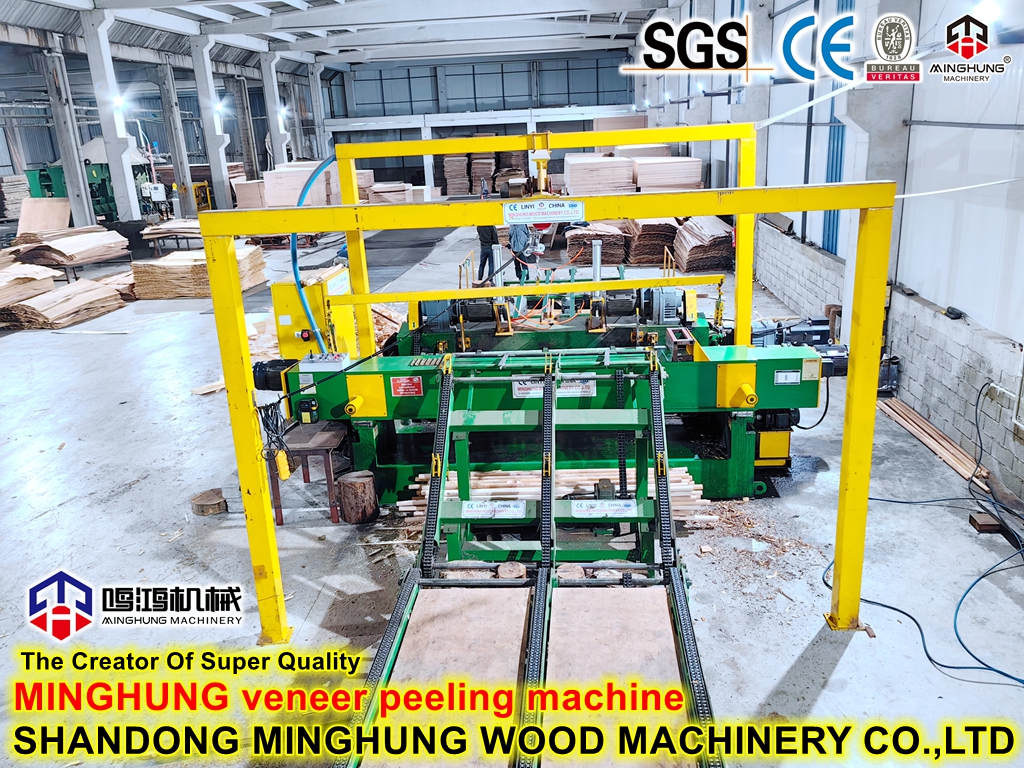

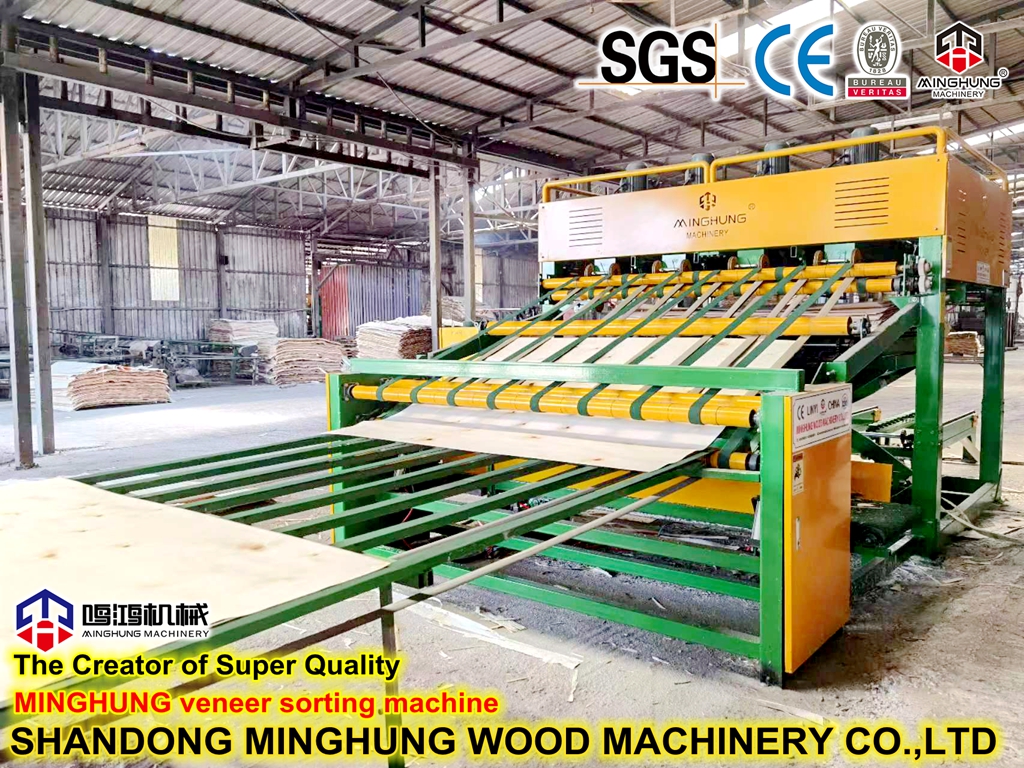
3. Veneer Drying Section:
Efficient Continuous Dryer: E.g., jet impingement mesh belt dryers, roller dryers. Requires fast drying speed, low energy consumption, precise temperature/humidity control, and low veneer breakage rates.
Automatic Feeding/Discharge System: Seamlessly connects with preceding and subsequent sections for continuous drying.
Online Moisture Content Detection: Ensures veneer is dried to the target moisture content.

4. Veneer Handling & Section (Core Automation Challenge):
Automatic Dried Veneer Handling & Storage: Buffers dried veneer.
Automatic Veneer Sorting & Grading: Critically Important! Uses high-precision machine vision systems to automatically detect veneer defects (knots, splits, holes, discoloration, etc.), measure dimensions, and automatically sort and grade them. This is fundamental for achieving high-quality layup and optimized material utilization.
Automatic Veneer Splicing/Repair: Automatically edge- or end-joints high-grade veneer (splicers), or automatically patches/repairs lower-grade veneer (patching machines).
High-Speed Automatic Layup Line: Core Automation Equipment!
Automatic Face/Back Application: Selects face/back veneer sheets according to grade requirements.
Automatic Glue Application: Precise glue application via roller coating, curtain coating, or spray systems (typically using modified urea-formaldehyde resin).
Automatic Core Layup: Automatically picks, aligns, and places core veneer sheets (typically requiring pre-spliced core veneer).
Automatic Layup Assembly: High-speed, precise assembly of glued core, face, and back veneers according to the required structure (e.g., symmetrical balance). Requires extremely high positioning accuracy and speed.
Pre-Press: Applies initial compaction to the mat, expelling air and facilitating transport and hot pressing.
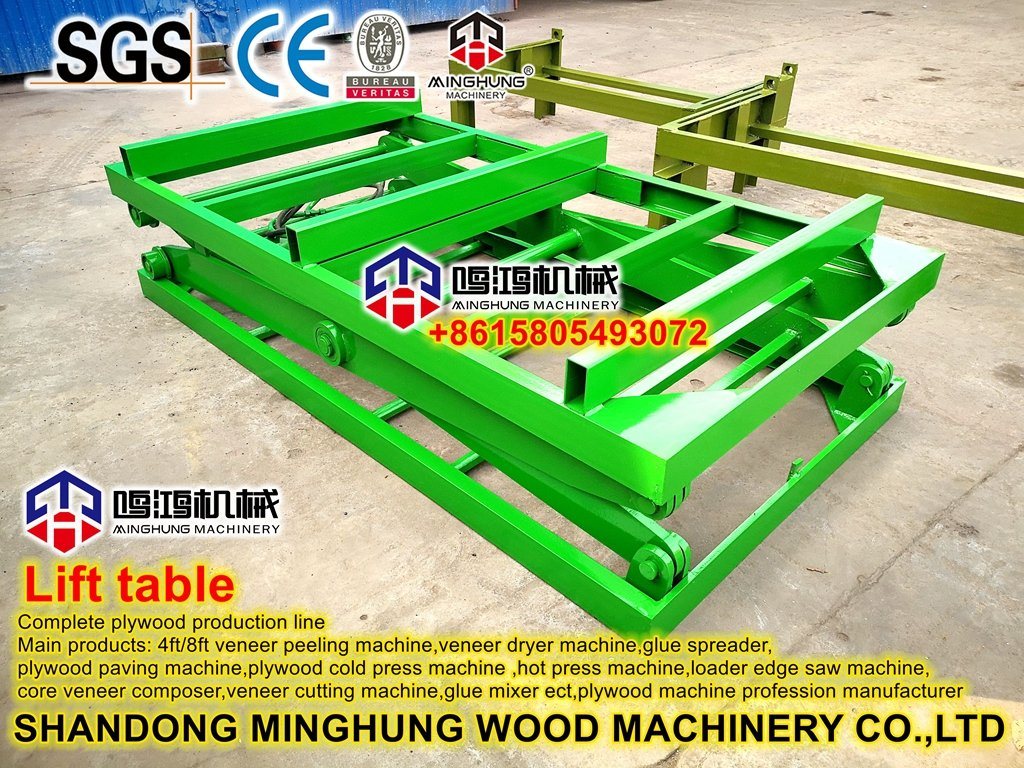
5. Hot Pressing Section:
High-Throughput Efficient Hot Press: Typically multi-opening (e.g., 10-20 openings or more), but more critical are the rapid closing/opening systems and efficient heat transfer systems.
Automatic Loader/Unloader: Fully automatic loading of pre-pressed mats into each press opening and unloading of hot-pressed panels.
High-Precision Control: Ensures bonding quality and thickness tolerance through precise control of pressure, temperature, and time.

6. Post-Pressing Section:
Cooling & Turning Rack: Cools and turns panels (sanded side up).
Automatic Calibrating Sander: High-power, wide-belt, multi-head sander (typically 4-8 heads) ensuring surface flatness, thickness tolerance, and smoothness. Automatic belt changing and online thickness detection are key.
Automatic Trimmer/Double-End Trimmer & Cross-Cut Saw: Precisely cuts rough edges to standard dimensions.
Automatic Grading & Inspection: Performs quality grading (A, B, C, etc.) on finished panels via machine vision and/or manual assistance (online or offline).
Automatic Stacking/Bundling/Labeling: Automatically stacks, bundles, and labels products by grade and specification.
Automatic Warehousing/Outbound: Connects to WMS (Warehouse Management System) for automatic finished goods storage and dispatch scheduling.




